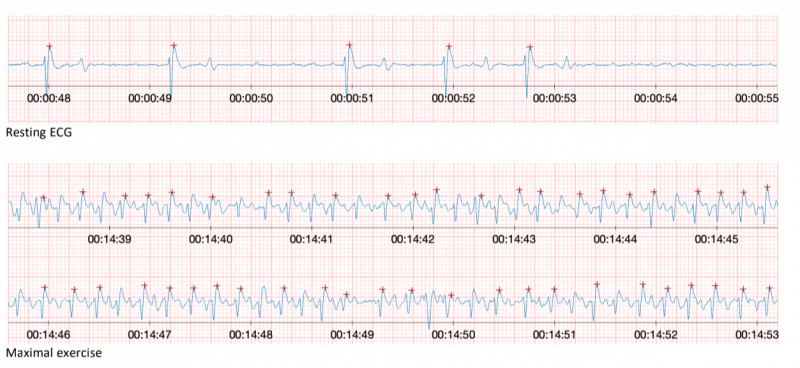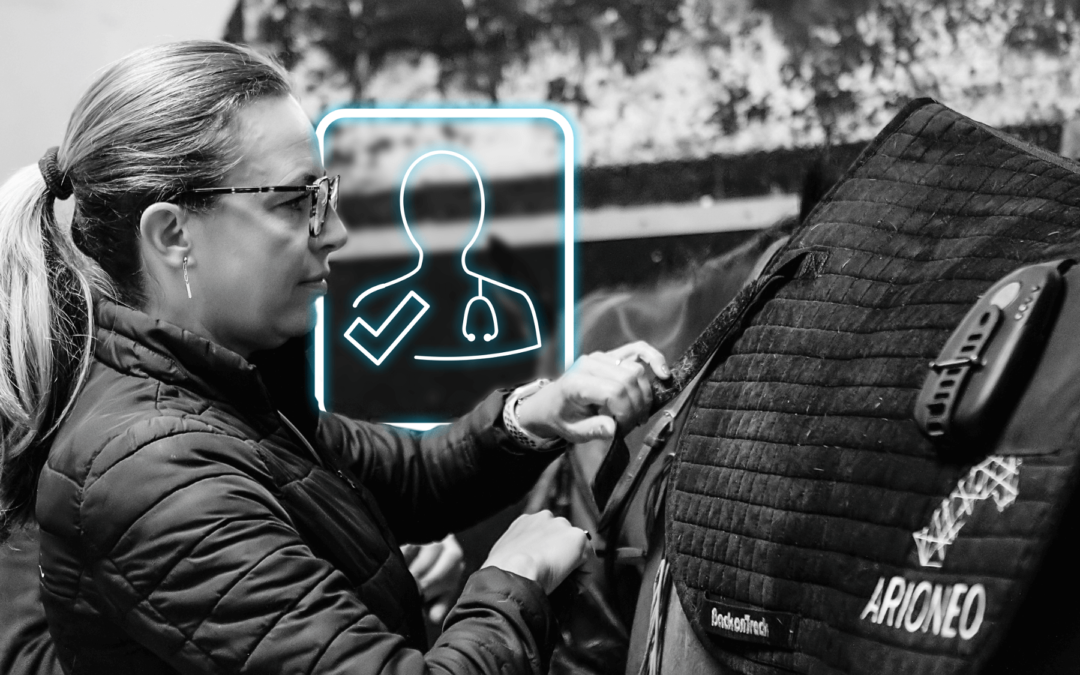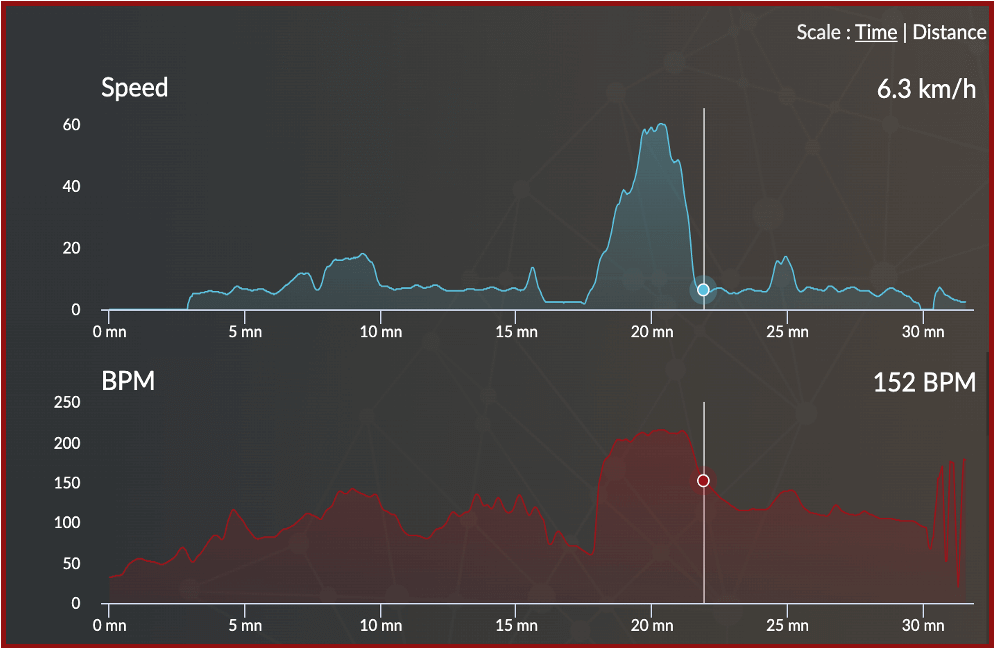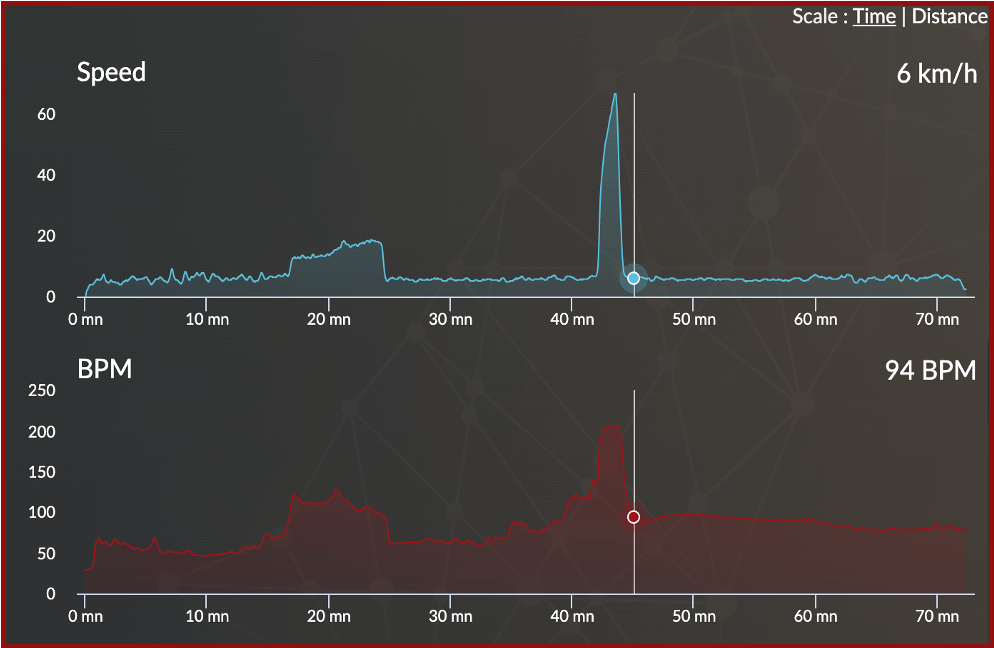Authorized since May 18, 2020 in France, veterinary telemedicine has many advantages. It is defined as “a form of remote veterinary practice using information, communication and technologies. It brings one or more players, including a veterinarian, into contact with each other or with the animal or herd”.
This practice covers 5 areas:
-
-
- Teleconsultation is a remote consultation.
- Tele-expertise allows a veterinarian to remotely interpret medical data necessary for the follow-up of an animal.
- Remote monitoring represents the remote scientific contribution of a colleague with specific knowledge in a field relevant to the veterinary act such as the interpretation of imagery.
- Tele-assistance allows a veterinarian to remotely assist a colleague during the performance of an act.
- Tele-regulation corresponds to the prioritization of requests from animal keepers in a supposed emergency situation.
-
WHAT ARE THE DIFFERENT BENEFITS OF TELEMEDICINE?
1. Prevention within the stable and optimisation of performance
Prior to the introduction of new specialized technologies for racehorses, the monitoring of these athletes was mainly carried out during clinical tests at rest. Collecting data on all the horses of a stable during their training allows the veterinarian to carry out preventive work remotely on an entire stable. This remote monitoring makes it possible to determine whether the horse responds normally to training or whether its parameters are different from normal. The objective is to detect an anomaly before it occurs during a race and causes an accident or a poor performance.
By analyzing heart rate, speed and locomotion data remotely, veterinarians carry out a form of teleconsultation. This makes it possible to carry out preventive work and maximise performance. This new type of service offered by veterinarians to their clients allows them to work hand in hand on the performance and health of the horse.
2. Prioritizing consultations and saving time
The regulation of consultations is one of the forms of telemedicine defined by the Order of Veterinarians. It aims to prioritize the requests of racehorses owners and trainers through remote consultation. This allows the veterinarian to prioritize the various incoming calls in order to favor horses who need urgent care.
During the period of containment induced by the Corona Virus, veterinarians did not always have access to the horses. Obtaining information such as the heart rate during exercise or the stride length and frequency during an exercise made it possible to establish an opinion on the approach to treat the racehorse. However, it must be remembered that no diagnosis is established remotely, simply a prioritization from which the veterinarian saves time.
On the side of the trainers, the use of telemedicine makes it possible to train serenely by remotely eliminating doubts on the health of a horse without having to ask the veterinarian to come.
This horse has an abnormal recovery and should consult a veterinarian. The heart rate remains high after the deceleration phase.
This horse has a normal recovery. Heart rate is decreasing at the same rate as his speed.
3. Remote detection of pathologies
By using the appropriate products, veterinarians have the opportunity to remotely detect pathologies from their practice. Indeed, if one of the stables monitored by the veterinarian has a tool such as Equimetre, the data collected during training are available on the platform at any time. When the trainer thinks his horse is out of shape, the veterinarian is able to extract his ECG, heart rate, and speed during exercise and analyse them to detect possible cardiac pathologies. The problem can be managed before it becomes too dangerous for the horse.
For example, our veterinary partner can detect arrhythmia in an Australian horse from her computer in Belgium. If a trainer notices that the recovery data are abnormal, he can request a cardio teleconsultation from our veterinary partner. By analysing the ECG recorded automatically each time the sensor is used, it is possible to detect cardiac arrhythmia. Telemedicine makes it possible to develop the globalization of skills.
Here is an example of an ECG report written by the Equine Sport Medecine Practice group with Equimetre. The sensor measured the heart rate and recorded the electrocardiogram of the horse during exercise in Australia. ESMP was able to analyze it in Belgium and investigate a cardiac pathology: here an atrial fibrillation.

4. Remote follow-up of horses diagnosed or/and in rehabilitation
One of the benefits of telemedicine is the improvement of the follow-up of diagnosed patients. Indeed, telemedicine and the tools dedicated to it allow the follow-up of a horse diagnosed with a cardiac pathology or in the rehabilitation phase thanks to remote data analysis.
Once the horse is diagnosed with a heart condition, using a tool such as Equimetre will help the veterinarian to monitor the horse remotely. Let’s say that a veterinarian decides to see a horse again in 6 months following the detection of pathology. Having access to his heart rate, speed, and exercise ECG during these 6 months makes it possible to check the relevance of the treatment administered and to adjust it according to the parameters measured. By using telemedicine, the veterinarian ensures the career and safety of this horse.
The rehabilitation of a racehorse is often characterized as a critical period. One of the benefits of telemedicine is to be able to objectively assess the horse’s physical condition and have it monitored remotely by the veterinarian.
5. Teleresearch and Big data
Telemedicine offers infinite possibilities for equine research. Indeed, the numerous data collected to ensure the development of a database reserved for research centers. Telemedicine tools allow the sharing of collected data. Thus, the pooling of data fostered by the emergence of simple and complete tools such as Equimetre encourages the development of tele-research.
Big Data is coming into the equine sector and veterinarians will be able to identify the data that are relevant to analyse or not for equine performance monitoring. At the veterinary level, the study of data from a connected sensor collects important information on the health and performance of the horse. Overall, the study of data from all the connected sensors installed on all racehorses allows the measurement of new parameters. The discovery of statistical information based on all the data collected defines the veterinary Big Data.
CONCLUSION
To conclude, veterinary telemedicine is coming and announcing the arrival of the digital revolution in this field. Whether it is for preventive purposes, individualised health monitoring, or performance monitoring, data analysis offers many advantages. It needs to be implemented in order to improve the health, safety, and well-being of racehorses.
Key words: veterinarian telemedecine, racehorse prevention, equine clinic, horse teleconsultation, racehorse health and performance, pathology detection , ECG, equine follow up





